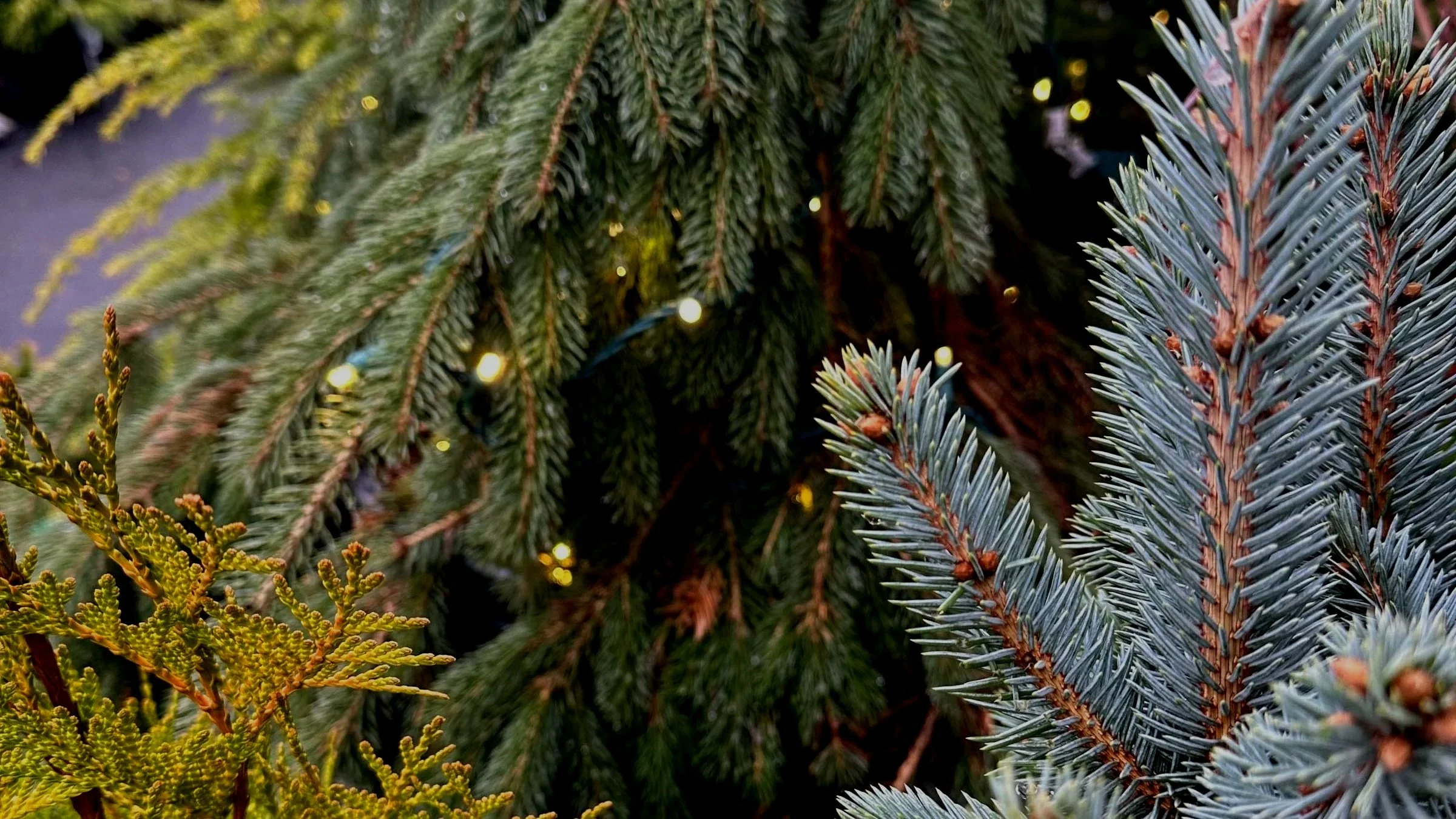There is rarely a time in the garden when something doesn’t need pruning, and the month of November is certainly no different. What is different though is that under no circumstances should we be pruning our shrubs or trees severely this time of year. Plants that are pruned “hard” in the fall can suffer more freeze damage throughout the winter and will continue to look hacked until they start to grow again in the spring. Leave the “hard” pruning for February, which is actually the best time to do our winter pruning. For the fall, stick to what I like to call “light” pruning, which is mostly just a little off the sides and top of the hedges and perhaps an errant limb here or there that is whipping us in the face every time we get out of the car or walk up to the front door. Here are a few other tips for this time of year…
ROSES: Roses are notoriously weak rooted and if left unpruned in the winter, can wobble lose from the action of the wind and rain. The rule of thumb for roses is “hip high in the fall, knee high in the spring”. By pruning roses back halfway now, we are removing some of the “sail” so that when the wind blows they will stay anchored in the ground better. Pruning roses back too far in the fall can lead to excessive freeze damage. For climbing roses, don’t forget to secure them to their trellis and only shorten the long canes a little bit. After pruning and thoroughly cleaning around the base of your roses, apply some lime and then pile up some mulch about 10 to 12 inches high to protect the graft union from a really ugly winter.
LAWNS: While it is probably too late to plant a new lawn or overseed an existing one, November is prime time to apply a slow release organic lawn food, along with some lime. Your lawn will stay bright green all winter if you do this and fewer weeds will be able to get established. Sometimes it is tricky finding a dry day to mow, but don’t let the grass get so tall that you are removing more than one third of the leaf blade. Doing so will weaken the lawn and encourage moss and weeds to invade.
FRUIT TREES: Wait until February to prune your fruit trees. Raking all the leaves underneath them now and applying a dormant spray, such as copper and horticultural oil, will go a long way to controlling insects and diseases next year.
VEGETABLES: Other than garlic there isn’t much that can be planted now. If you’ve had problems with winter weeds, like chickweed or shot-weed, invading your veggie beds then the surefire way to control them is to spread one inch of fresh compost over the soil surface. This will smother the weeds for winter and improve the soil by spring. Throwing down some lime will also help the soil.
BERRIES: For raspberries and blackberries, you should have already removed the canes that produced fruit this year (except for ever-bearing varieties). The remaining canes can be shortened up a bit and secured to a wire/trellis system. Blueberries only need a light pruning to remove any dead wood and to shape them. If you had issues with “mummy berry” this last season then it is absolutely essential that you clean underneath your plants and apply some fresh compost to the soil surface.
PERENNIALS: Tidying up the perennial border is a process for me that can take a couple of months to complete. It’s always best to let plants die back naturally and at their own pace. Perennials that turn to mush at the first frost (like hostas) are cleaned up first and then the others that remain as sticks throughout the winter can be cut back half way now and all the way to the ground in the spring as signs of new life emerge (usually at ground level). Just make sure all the ground is covered with either leaves or mulch, or you will have a major weed problem by spring.
SPRING FLOWERING SHRUBS: Early blooming shrubs like forsythia, azaleas, and rhodies have already set their buds, so don’t prune them until right after they are finished blooming. Summer bloomers like roses, butterfly bushes, and some Spiraeas can be pruned hard in February before they start their spring growth, if you want to keep them short and tidy. Otherwise, just trim off the old blooms in spring and call it good.
November is still a good month to garden so don’t waste the opportunity to take care of some of these timely chores. You can relax in December and January.


